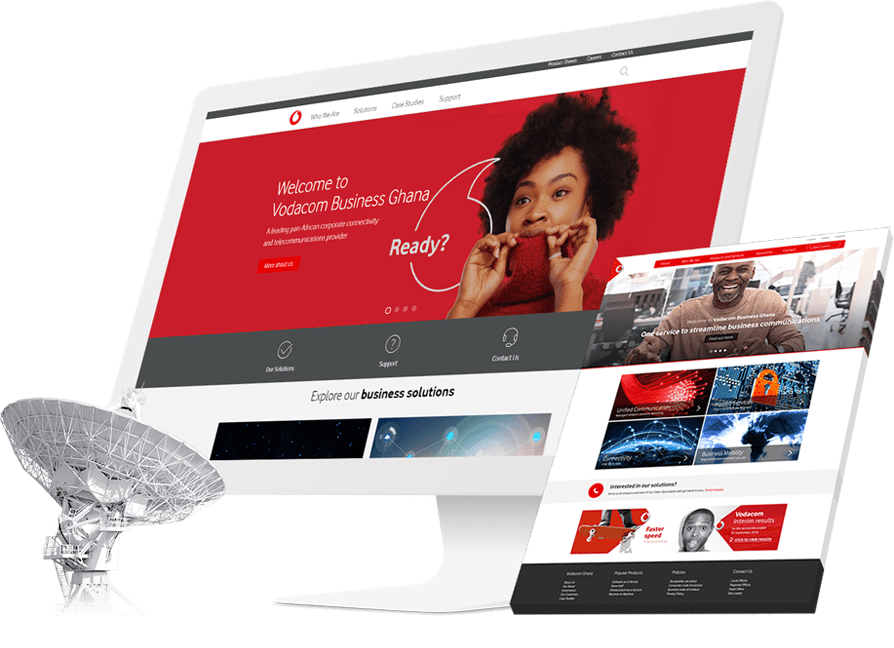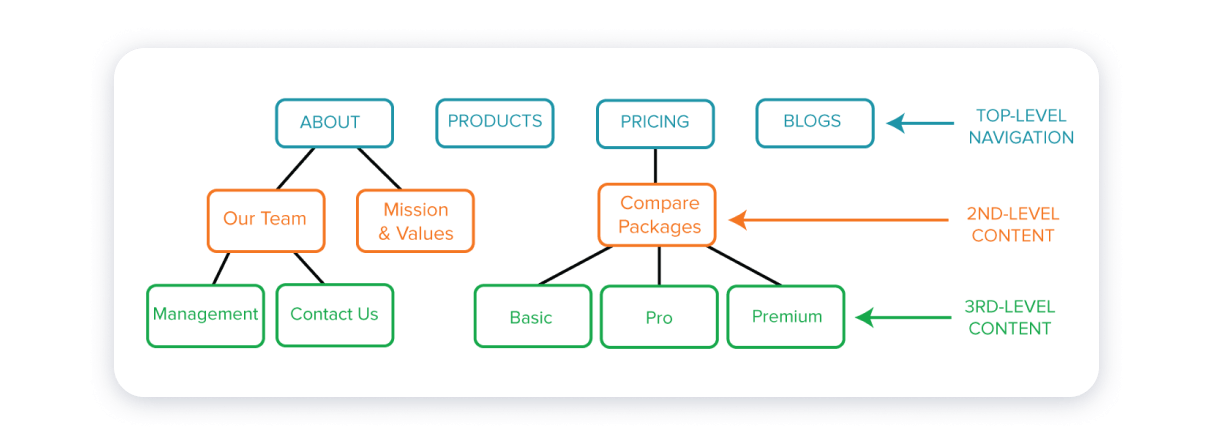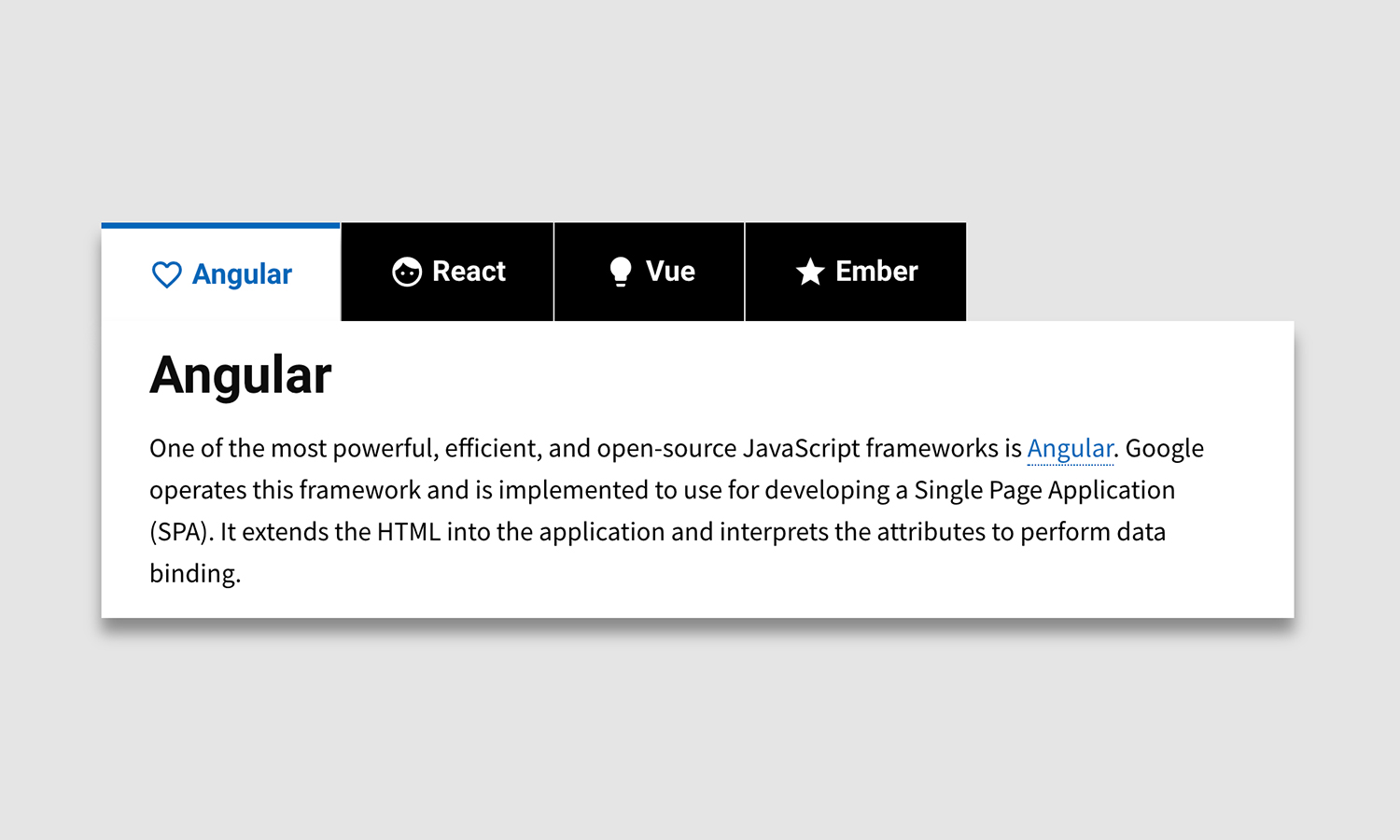
Creating visuals for your business, whether it's in print or digital, can be a daunting task. If you are able to use graphics to make your website more user-friendly, your customers will be more likely to stay on your site longer.
Graphic design encompasses many elements. These elements have a great impact on your design and will make or break it.
For attracting attention, color is crucial. Different colors can have different impacts on a design. This applies to backgrounds, shapes, typography, and typography. You need to ensure that the colors you choose are appropriate for your ideas and convey the desired emotions. Your business should have a consistent color scheme in graphic design.

A good design can boost your brand recognition and increase engagement. A strong website can also help increase revenue for your company. A well-designed web site is a hub for customers. It can also collect leads that you can use to build your email list.
Web design and graphic design share many similarities. However, there are also differences. Remember that both are separate fields and require different skills and knowledge. Graphic design uses shapes and colors to create a design. While web design only focuses on creating digital content, it also employs fonts and colors. You can easily adapt to any changes in your design.
Typography is the art or creating a logo by arranging type. Any typeface can be used in your design as long as it is licensed. Typography can make a big difference in the message you are trying convey. To ensure your design is clear and legible, you should use 2 or fewer fonts
Typography is a must-have tool for web designers. Using creative typography, such as using an abstract font or a font that personifies an idea, can add a lot of interest to your design. Typography can highlight key topics and help to boost learning.

The size of your design is also an important factor. Because different sizes can add visual interest and dimension to your design. For instance, a billboard design might require different requirements than one for an Instagram graphic. Different weights can be used for the same design. This gives the design a sense of balance, and makes it easier for your viewers to keep up with your design.
Graphic design involves balancing all the elements of a design. This can happen using symmetry contrast or weight. The element's weight is often a function of their size but it can also be an issue of asymmetry. Asymmetrical graphics can be a great way to achieve visual balance.
You need to be mindful of the size of your visuals. Place the elements closer together to create a focal area for your viewers. To add visual interest, you can create spaces between design elements.
FAQ
Can I use a framework or template on my website?
Yes! When creating websites, many people use pre-built templates. These templates include all of the code required to display the information on your webpage.
Some of the most popular templates include:
WordPress - the most widely used CMS
Joomla - Joomla is another popular open-source CMS
Drupal - Drupal is an enterprise-level software that large organizations can use
Expression Engine is a Yahoo CMS that allows you to create custom CMS sites.
There are hundreds of templates available for every platform. It should not be difficult to find the right one.
Do I hire a web design firm or do it myself.
If you're looking to save some money, don’t pay for web designing services. However, if you are looking for high-quality results, hiring someone to design your website might not be worth it.
You can build websites yourself without paying for professional designers.
You can make a beautiful website if you are willing to work hard and put in the effort.
Consider outsourcing your project to an experienced freelancer web developer who charges hourly instead of per-project.
How to Create a Static Website
Two options are available when you create your first static web site.
-
A Content Management System (also known as WordPress): WordPress: This software can be downloaded and installed on your computer. Then you can use it to create an essential website.
-
How to Create a Static HTML Website. In this instance, you will need to write your HTML/CSS codes. If you already know HTML, it is simple to do.
Consider hiring an expert to build your large website.
Start with option 2.
Statistics
- The average website user will read about 20% of the text on any given page, so it's crucial to entice them with an appropriate vibe. (websitebuilderexpert.com)
- It enables you to sell your music directly on your website and keep 100% of the profits. (wix.com)
- At this point, it's important to note that just because a web trend is current, it doesn't mean it's necessarily right for you.48% of people cite design as the most important factor of a website, (websitebuilderexpert.com)
- Studies show that 77% of satisfied customers will recommend your business or service to a friend after having a positive experience. (wix.com)
- It's estimated that in 2022, over 2.14 billion people will purchase goods and services online. (wix.com)
External Links
How To
How can I become a UI designer?
There are two paths to becoming a UI design:
-
You can earn a degree in UI Design by going to school.
-
You can start freelance.
If you want to go through school, you'll need to attend college or university and complete four years of study. This covers art, business, psychology, and computer science.
You can also take classes at community colleges or state universities. Some schools offer programs for free, while others require tuition fees.
After graduation, you will need to find employment. If you decide to work for yourself, it is important that you build your client base. It is essential to establish a professional network so other professionals know you exist.
Opportunities to intern in web development companies are available. Many companies hire interns to gain experience before hiring full-time employees.
Once you have built up a portfolio of your work, it will help you land more jobs. You should have work samples and information about the projects you worked on in your portfolio.
It's a good idea to send your portfolio to potential employers via email.
Market yourself as a freelancer. You can list your services on job boards such Assure, Guru, Freelance, Guru and Upwork.
Freelancers receive assignments often from recruiters who post open positions online. These recruiters search for qualified candidates to fill positions within specific industries.
These recruiters usually provide a briefing outlining the requirements of the job to the candidate.
As a freelancer, you are not required to sign any long-term contracts. If you are looking to make a move, however, it is advisable to negotiate an upfront payment.
Many designers prefer working directly with clients, rather than through agencies. This may sound ideal but many people lack the skills.
Agency workers usually have extensive knowledge about the industry they are working in. They also have access special training and resources that help them produce high-quality work.
Aside from these benefits, agency workers are often paid a higher hourly pay.
One downside to working through an agency is the inability to have direct contact at work with the employer.
You must be creative, self-motivated and flexible to succeed as a UI Designer.
Excellent communication skills are also required.
UI designers are responsible to design websites using user interfaces (UI) as well as visual elements.
They are responsible for ensuring the site meets its users' needs.
This requires understanding what information visitors want and how the website should function.
To create wireframes, UI designers can use a variety of tools. Before beginning to design, they use wireframing.
Wireframe templates are available online, making it easy for anyone to create their own wireframes.
Some designers specialize in UI design alone, while others combine UI with graphic design.
Graphic designers use software such as Photoshop to edit images.
Adobe InDesign is used to create layouts and pages.
Photographers capture images using digital cameras or DSLRs.
Then, they upload the photos to a photo editor program, where they add captions and filters.
Afterward, the photographer saves the image in a file format compatible with the website.
It is important to take into consideration all aspects of the design process when building a website.
This includes research planning, wireframing and prototyping, as well as testing, coding, content generation, and publishing.
Research - It's essential to conduct thorough research before starting a new project.
Planning - After you have completed your research, it's time to start creating a plan.
Wireframing – A wireframe is a preliminary sketch or drawing of a webpage or application.
Prototyping: Prototypes can help to ensure that the final product meets the initial vision.
Testing - Multiple rounds of testing should be done on the prototype to make sure it works properly.
Coding - Coding refers to the process of writing computer code.
Content Creation – Content creation includes everything, from the writing of copy to managing social networks accounts.
Publishing is the act of uploading files and making sure that the site can be accessed.
You'll need to be able to understand the different projects you work on as a freelance UX/UI Designer.
Some companies, for example, only need wire frames. Others require complete prototypes.
Depending on which type of project you accept you might be asked to do specific tasks.
One example is that if you are hired as a wireframe designer, you might be required to create many wireframes.
If you're being hired to create a full prototype, you might be asked to create a fully functional site.
It doesn't really matter what project you're working on, good interpersonal skills are vital.
Referrals are what most clients use to hire freelancers. Therefore, it is important that you establish strong relationships with potential employers.
In addition, you must be able to communicate effectively both verbally and in writing.
A portfolio is an important component of any freelancers' arsenal.
It displays your work and shows your ability to produce high-quality results.
This can be done online by creating a portfolio.
Finding websites similar to yours is the best way to start.
You can then search these websites to find out which one offers its services.
Once you've identified the best practices, it is time to start implementing them.
It's also beneficial to include links within your resume to your portfolio.